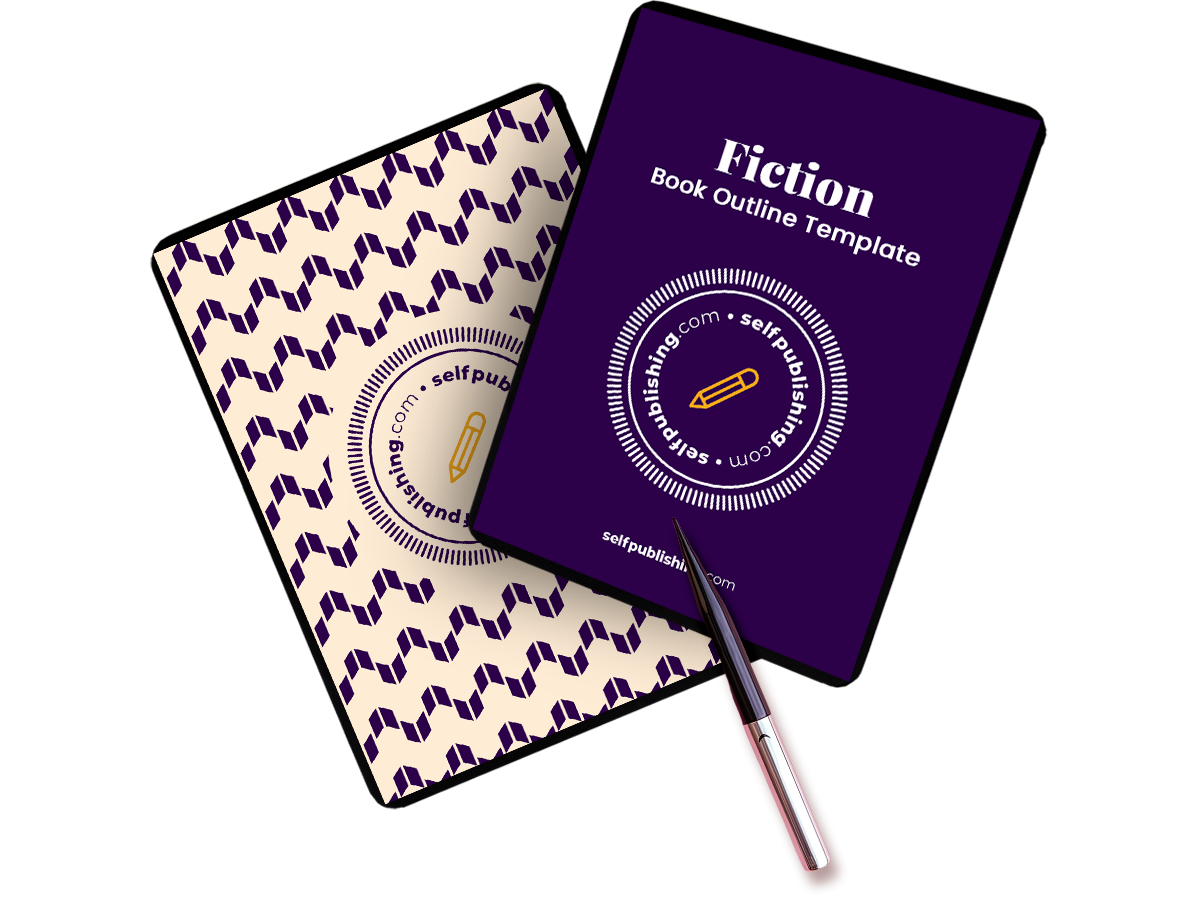Writing an unlikable hero or dark antihero in your book? The popular Save the Cat! story structure could help get readers on his/her side while providing you with a crystal-clear outline for your book.
While no one can write your unique story for you, tools and techniques like the Save the Cat! beat sheet can serve as a guiding light for you as you navigate the plot and story you want to tell.
Is this the first time you’re hearing the term “Save the Cat?”
Not to fear. We will be answering “What is the Save the Cat beat sheet?”, share when you might want to use this story structure, and, of course, we’ll detail all 15 of the beats.
What Is Save The Cat Story Structure?
Save The Cat! is a widely popularized storytelling method coined by Blake Snyder, a successful screenwriter. The Save the Cat! story structure further breaks down the parts of a story, dividing the beginning, middle, and end into 15 different plot points.
Is a very clear, step-by-step way for authors and writers to tell better stories, regardless of whether they’re writing a screenplay or a longer novel. For example, if you are writing your novel and get stuck about what should happen next you can rely on the Save The Cat! story structure to identify any missing plot points and map out what should happen next.
Like The Hero’s Journey and other storytelling formats, it can help guide you along a path that viewers have come to expect in the stories they read. The Save the Cat! beat sheet does have one requirement though: regardless of what type of character they are, the hero must do something…well, heroic….at the beginning of the story.
It can be big or small – but it needs to endear your readers to the character. Especially if they are otherwise unlikeable, have a difficult personality, or have unforgivable character flaws. In fact, the term Save the Cat comes from this idea. The character does something kind like saving a cat from a tree.
All that being said, though there’s a clear formula, it doesn’t mean that the Save the Cat! story structure (or a book that employs it) is predictable!
Let’s take a look at the 15 parts of the Save the Cat! beat sheet to understand…
Save The Cat! Story Structure: Act 1
1. Opening Image
In Blake Snyder’s book about Save the Cat! story structure, he says you should have a strong opening image that you can cover in the first page. Of course, a book is longer than a screenplay, but you can use this idea to make your opening scenes short and to the point.
2. Theme stated
In this part of the Save the Cat! beat sheet, you want to cover the story’s main point and help the reader get caught up with what is happening or introduce them to the plot.
3. Set up
You will want to continue to introduce the story’s theme while also showing them the world you’ve built and all the characters that occupy this world. In a screenplay, this is generally done in the first ten pages. This will vary greatly depending on what type of book you are writing, the long list of genres you’ve chosen from, and whether or not you are writing a series.
4. Catalyst
This is when your main character has an event that changes their current life, otherwise known as receiving their call to adventure. However, they should not be ready to choose a new life. This is similar to the “refusal of the call” stage in The Hero’s Journey.
5. Debate
Now that the main character has seen an option, they are debating whether they made the right choice or not. There’s often a good amount of dialogue written (both internal and external) for the character at this point. And your readers may see glimpses of the protagonist’s back story and character motivation.
6. Break Into 2
About a fourth of the way through a screenplay, it is time for the main character to go back and make the choice to answer the call to adventure. Of course, this new path will come with its own struggles and problems along the way, which is where the rest of the story comes into play.
Save The Cat! Story Structure: Act 2A
7. B Story
The B story is the subplot in your book. It is a side story or a series of side stories that unfold as a result of the choices made in the first act. Often, this is a classic love story, but it can also be other kinds of relationship tropes – or something else entirely.
8. Fun and Games
This is when the main character starts to enjoy their newfound choice or powers. Imagine Spider-Man once he figures out he has superpowers and is zipping all around New York City.
While enjoying the superpowers, your protagonist should now find and test the limits of what they can and cannot do.
9. Midpoint
The midpoint is when things finally start to come to a head. The main character starts to see the fruits of their labors or the consequences of their actions. It does not always mean a happy ending in waiting, though!
Save The Cat! Story Structure: Act 2B
10. Bad Guys Close In
This is the moment before things get dark and perhaps a bit bleak for your hero. While this can mean that the literal bad guys almost have your main character, it could mean the beginning of the story’s climax.
11. All Is Lost
The Save the Cat! story structure continues! The character has their back against the wall, and things are at their darkest for them. This is sometimes when the main character’s mentor has lost everything and must find the inner strength to push forward.
12. Dark Night of the Soul
In order to move on from past actions and stories, your hero must mourn and dig deep for the resolve to push forward. It is now the time to right any wrongs they’ve committed.
13. Break Into 3
This part of the Save the Cat! beat sheet is also where another sub-plot of redemption is introduced. It’s also the beginning of the end – the story arc is coming to an end.
Save The Cat: Act 3
14. Finale
As with any other storytelling structure, it is time to wrap everything up with the falling action and provide closure to any substories you started along the way.
15. Final Image
You will want to leave the viewers with one final image that wraps up your entire story into one final visual.
Alternatives To The Save The Cat! Story Structure
While the Save the Cat! beat sheet is a great tool that writers and authors can employ, it’s certainly not the only option you have at your disposal. Here are two other popular methods for outlining and writing your rough draft.
Five-Stage Plot Structure
The five-stage plot structure is a famous way to tell stories. The five major stages are: exposition, rising action, climax, falling action, and resolution.
Related: 4 Exposition Mistakes
The Hero’s Journey
This is another popular storytelling format with 12 plot points to bring a story through: the ordinary world, call to adventure, refusal of the call, meeting with the mentor, crossing the threshold, tests/allies/enemies, approach to the inmost cave, ordeal, reward, the road back resurrection, return with the elixir.
Need more writing support?
If you are going to write a fiction book, having a guideline and support to use can help you save a ton of time. Whether you need help finding the best formatting software for your manuscript, are looking for a book title generator to spark your creativity, want to know how to get an ISBN number, want help with line editing, or need a complete fiction book outline, we are here to help!



























